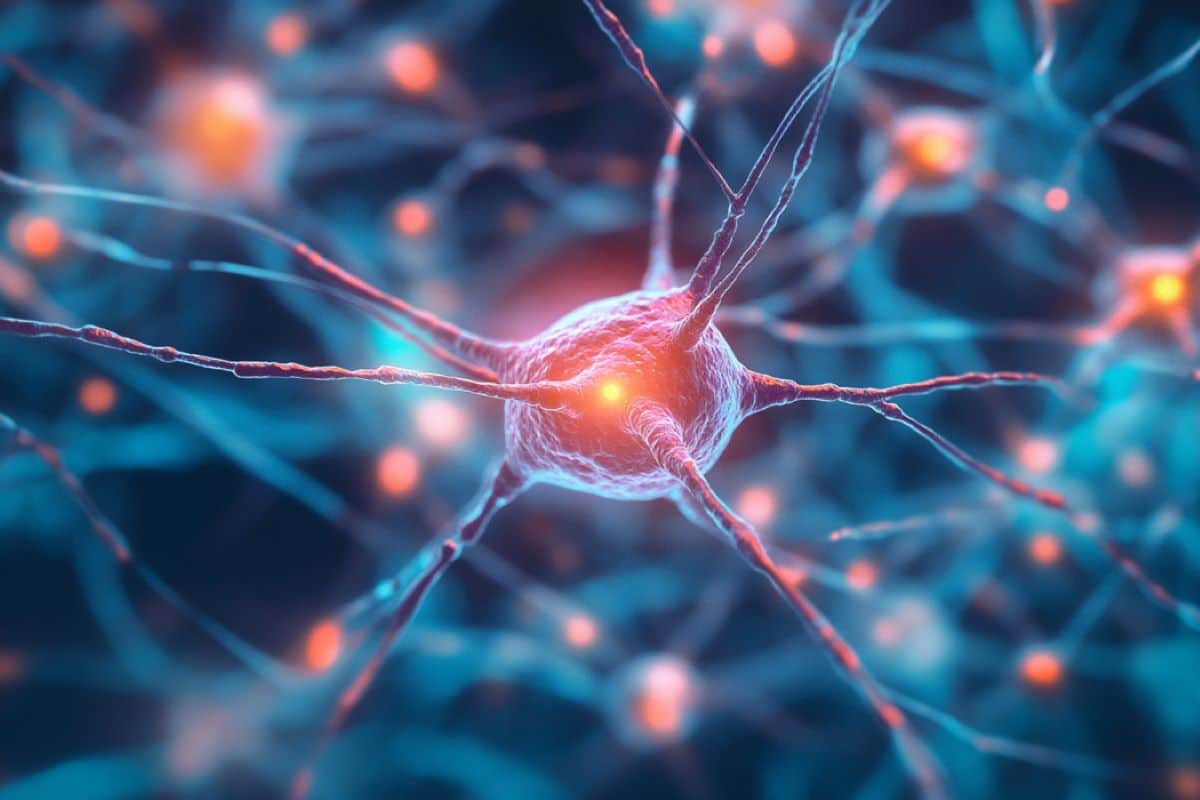With your risk of Parkinsons post stroke, you'll have to hope your doctor knows about this research and actually ensures human testing gets done. You better ask about that NOW before you need it. Do you have a functioning stroke doctor that will ensure this testing gets done? NO? Why are you seeing them?
Parkinson’s Disease May Have Link to Stroke March 2017
The latest here:
RNA Structures Linked to Parkinson’s Protein Aggregates
Summary: Researchers have identified unique RNA structures called G-quadruplexes (G4s) that promote harmful α-synuclein protein aggregation linked to neurodegenerative diseases like Parkinson’s. Elevated calcium levels trigger these G4s, acting as “scaffolds” for α-synuclein clumping. Administering 5-aminolevulinic acid (5-ALA) to model mice prevented aggregation and reduced motor symptoms.
This breakthrough suggests that G4-targeted therapies could offer early intervention for neurodegenerative diseases. The findings may also apply to other conditions involving protein aggregation, such as Alzheimer’s, expanding the potential impact of these treatments. Overall, the study marks a major step forward in neurodegenerative research and therapeutic development.
Key Facts:
- G-quadruplex (G4) RNA structures promote α-synuclein aggregation, a factor in neurodegeneration.
- 5-aminolevulinic acid (5-ALA) inhibits G4 formation, preventing harmful aggregation.
- The findings suggest G4 regulation as a potential therapeutic target for neurodegenerative diseases.
Source: Kumamoto University
A team of researchers at Kumamoto University has uncovered a mechanism in the formation of harmful protein aggregates that lead to neurodegenerative diseases such as Parkinson’s disease.
The team, led by Professor Norifumi Shioda and Associate Professor Yasushi Yabuki, identified for the first time that unique RNA structures called G-quadruplexes (G4s) play a central role in promoting the aggregation of α-synuclein, a protein associated with neurodegeneration.

The study is published in the journal Cell.
By demonstrating that inhibiting G4 assembly could potentially prevent the onset of synucleinopathies, this discovery positions G4 as a promising target for early intervention in these diseases.
In a healthy state, α-synuclein typically regulates neuronal function. However, in neurodegenerative diseases, it aggregates together, leading to cell damage and motor symptoms.
The researchers identified that G4s, four-stranded RNA structures that form in response to cellular stress, function as a “scaffold” that facilitates α-synuclein aggregation.
Elevated calcium levels, often seen under stress, trigger G4 assembly, which then attracts α-synuclein, converting it into a harmful, aggregate-prone state.
The team went a step further, demonstrating a new approach to prevent this process. They administered 5-aminolevulinic acid (5-ALA), a compound that blocks G4 formation, to model mice exhibiting Parkinson’s-like symptoms.
Impressively, 5-ALA treatment not only prevented α-synuclein aggregation but also halted the progression of motor symptoms, a promising sign for potential therapies targeting early-stage neurodegeneration.
This breakthrough could significantly advance treatments aimed at neurodegenerative diseases by focusing on G4 regulation. Since G4s are also implicated in other diseases such as Alzheimer’s disease, this discovery may broaden the impact of such treatments beyond Parkinson’s disease.
These findings shed new light on preemptive strategies to combat neurodegeneration and improve quality of life for aging populations.
About this genetics and Parkinson’s disease research news
Author: Yasushi Yabuki
Source: Kumamoto University
Contact: Yasushi Yabuki – Kumamoto University
Image: The image is credited to Neuroscience News
Original Research: Open access.
“RNA G-quadruplexes form scaffolds that promote neuropathological α-synuclein aggregation” by Yasushi Yabuki et al. Cell
No comments:
Post a Comment